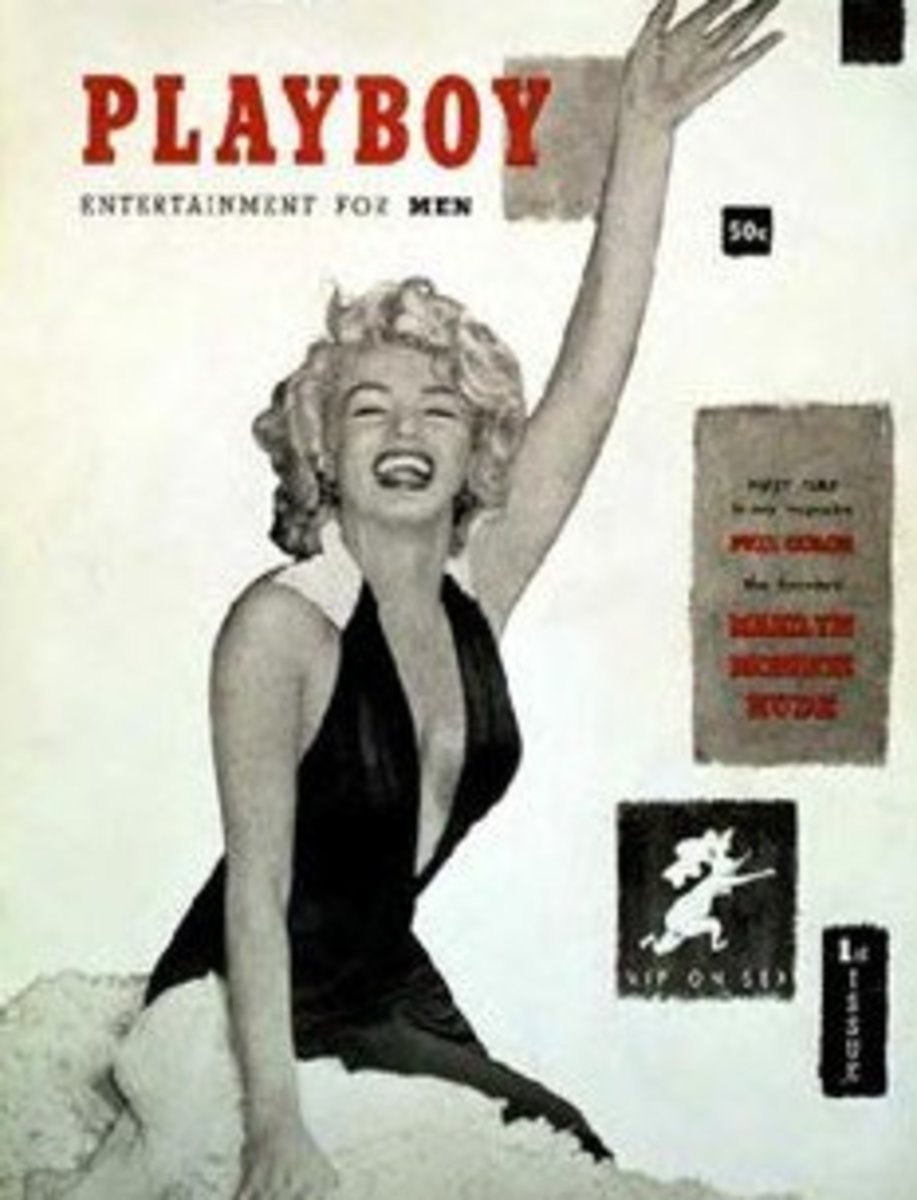Sports Illustrated: Proof That Sports Can Be Considered News
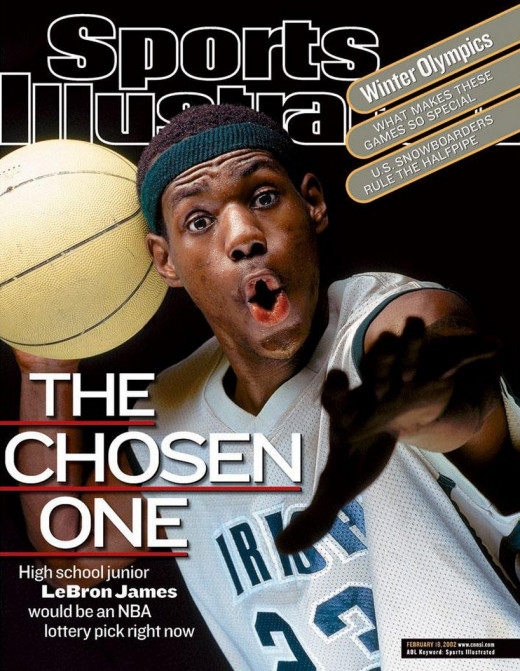
On August 16th, 1954, sports and news made a historic combination. After several attempts to publish a notable magazine that dealt with spots coverage, Sports Illustrated had crossed the parallel. Instead of writing about sports scores, and discussing technicalities of games, Sports Illustrated told the stories off the field and behind the lines that many journalists sought to discover about sports icons across the Globe. Sports Illustrated, 66 years later, still remains the top selling sports magazine in the world and covers just about any sport and person involved to make the best news possible for its readers. We take a look back at how the company got started and became a brand name in sports starting as a magazine and shifting with the advent of the internet.
Is Sports Really News
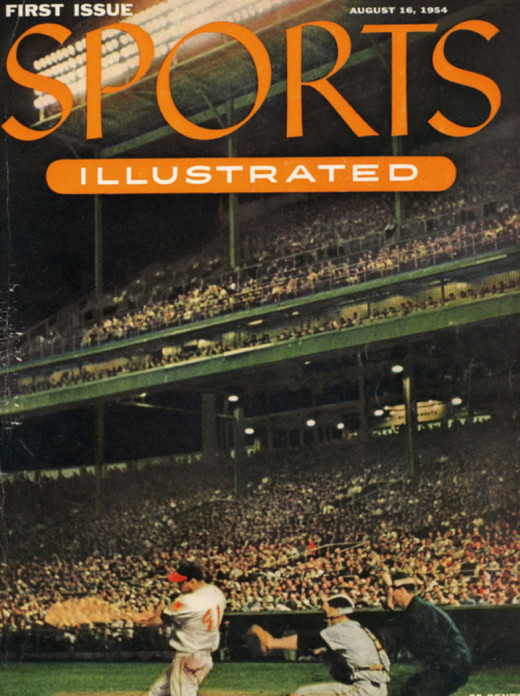
Prior to its current name, Sports Illustrated was the title of two other previous journalist attempts at an all-inclusive sports magazine. In 1936, the first Sports Illustrated had more of a focus on sportsman such as hunters and fisherman as professional sports was not a popular topic despite their being professional leagues. The magazine only took hold in the United States but did not sell well enough to last longer than 2 years. Sales dropped and the failure to cover a larger variety of sports did not provide them with enough revenue. In 1949, the second attempt lasted only six issues. This attempt had a heavier focus on popular sports and shied away from traditional hunting and game. His six attempts disappeared off of shelves and its owner Dell Publications pursued a new deal with a larger company to buy them out. That company is now one of the most popular picture magazines ever. Time Magazine was popular well before sporting news and its focus was on pictures and not text. Well, with the advent of television in the late 1940s reading was soon becoming obsolete and journalism although still important could be heard on news programs. Instead of writing a magazine that had drawings in it, Time wanted pictures; not just any either, the best from the best photographers. What made America a great place to begin such a venture is that America has had a long history of loving sports and competition.
Although the previous statement is true the news community frowned upon the importance of sport and saw that news needed to turn to include sports. Originally, when he brought the idea up to the board at Time, Henry Luce, whose idea it was to form Sports Illustrated was laughed at, it is said that his magazine would be full of “jockstraps” “muscle and sweaty socks.” Boy where the executives wrong about this. Luce took it as a personal offense that they would condemn his idea. Luce’s pursuit of this idea did not start off well at all. The first issue was launched on August 9th 1954 and its cover picture featured Milwaukee Braves third baseman Eddie Matthews batting against the New York Giants. By today’s standards the picture was subpar at best and its font was not thought to be appropriate for the topic it was presenting. In the first 12 years Sports Illustrated struggled to turn a profit at all and at several points the magazine was considering closing.
The 1960s: "A Change is Gonna Come"
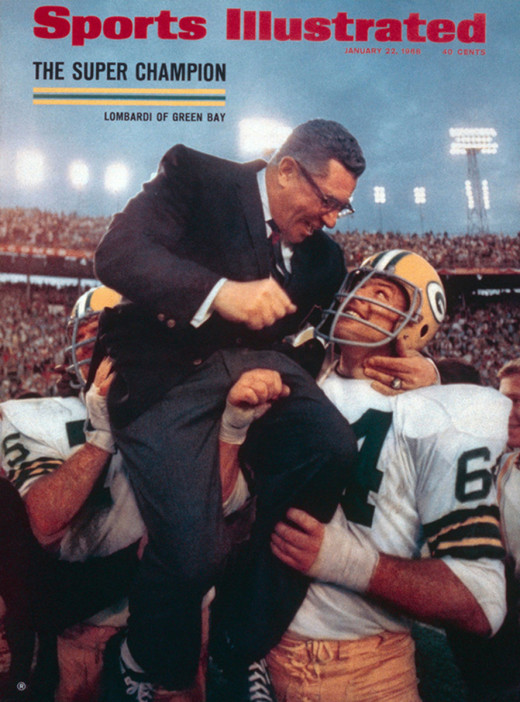
In 1964, Sam Cooke released arguably his biggest hit “A Change is Gonna Come.” At the time the United States of America was incurring its harshest period since its foundation with the Civil Rights Movement which concluded that year. Well, although the song is synonymous with Civil Rights it also applies to what occurred at Sports Illustrated. In 1966, the magazine finally turned itself around. Prior to that year sales were down and editors saw the reason why. The magazine had a more privileged class feel and this was because of advertising. It did not name brands like Marlboro in its ads but rather boating and sailing brands. These brands, symbols of wealth were not going to get readers and typical sports fans because their target market was not general enough. A change in one position saw this all turn around for the magazine. Sports Illustrated hired Andre Laguerre. Laguerre had experience in sports coverage as he had covered the 1956 Winter Olympics in Italy. Laguerre would later control the news sector of Time. Laguerre doubled the distribution efforts and changed the ad campaigns in the magazine which resonated with more of its users. Furthermore, Laguerre added content and more undercover stories. His stories included all sports and with the rise of American Football his magazine ratings went through the roof. Laguerre is also instituted the “bonus piece” at the end of each issue which is an afterwards of sorts for the magazine. From then on, Sports Illustrated became the go-to magazine for Sports stories.
Swimsuit Issue
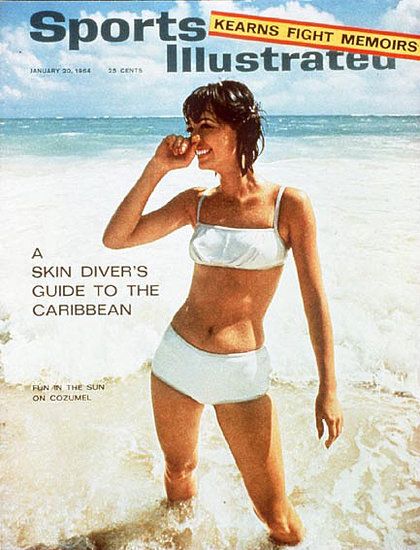
Laguerre also instituted the Swimsuit Issue which is currently its yearly most sold issue. No other sports magazine ever did this until ESPN released its Body Issue in 2009. Sex sells, as the saying goes and Sports Illustrated held true to this belief. Their covers included notable models and even professional female athletes. At the time the magazine was thought scandalous for using sex as a tool as it showed a different universe from the one it attacked in sports coverage. It's first issue was released in February 1964 and held it as tradition to release every February until 2019. Unlike other sports stars Sports Illustrated Swimsuit did not feature ads that included men, but rather ones that appealed to them. Ads for cigarettes and tobacco were included but later removed due to medical research. Pictures were taken from all over the world, Australia all the way to Hawaii. Every model had a different location to go with her. In its later additions Sports Illustrated Swimsuit even included fully nude pictures which deleted the purpose of calling it a swimsuit edition.
It caught huge backlash at first from feminists and moralists who felt that it displayed the female form for a male desire instead of for beauty. Like the original magazine the Swimsuit Edition suffered as well. Specifically in 1978, the magazine featured a fishnet bathing suit which was made famous by model Cheryl Tiegs. As a result, they lost 340 subscriptions in a day. The magazine was found to be offensive as it was found in every library and coffee house in America. Librarians and schoolteachers alike where finding their students with a copy of the magazine that acted no differently than a Playboy. The issue has changed with the times meeting the issues of diversity and inclusion and as of 2019 has undertaken the issues of ageism, sexism, and body image. Although still a sexually enticing magazine it as a result of the times has been progressive in its inclusion. Notable covers were 2007 which featured Beyonce Knowles who was the first non-model, non-athlete to ever appear on the cover. It also featured various NFL Cheerleaders in 2008 becoming the first magazine to model them. In 2016, Ronda Rousey, notable UFC fighter, became the first female athlete to appear on a cover.
Notable Segments and Covers.
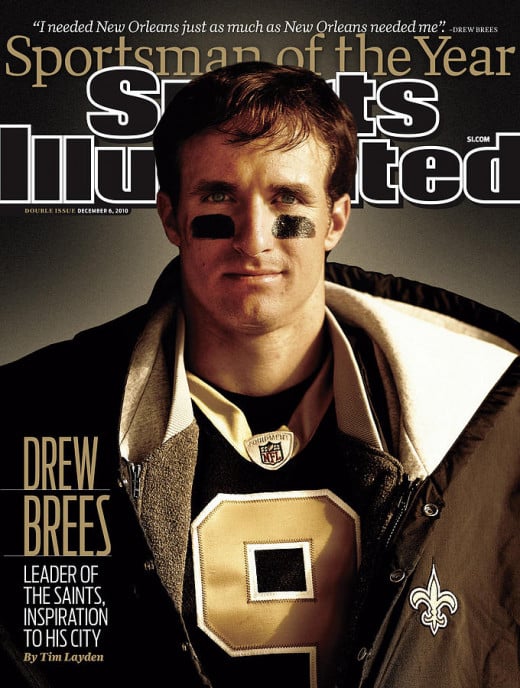
Since its inception in 1954 Sports Illustrated has featured various segments and noteworthy issues which feature award-winners. Its most popular one has been Sportsperson of the Year. Athletes like Muhammad Ali, Lebron James, J.J. Watt, Steph Curry amongst others. The cover always features a champion of an individual or team sport on its cover for this issue which is always in December. It also provides all-decade honors which have included sportsman, female-athletes, sports franchise’s and more. Most recently, in its issue of Sports Person of the year, as of 2017, Performer of the Year has also been added which indicates individual performance off-the field in issues of social justice and etcetera.
Being on the cover is always a huge honor and many who have done it have also earned a place in the Hall of Fame of there sport. As of 2016, Michael Jordan has had the most cover appearances with 50. Behind him is Muhammad Ali with 40 and Lebron with 25. The Los Angeles Lakers have made the most covers as a team leading the New York Yankees by just two covers with 67. Not ironically, Major League Baseball has lead the category of most covers by a sport with more than 628 outnumbering football by nearly 100 covers. Even celebrities have made the cover of Sports Illustrated just like the Swimsuit edition with Brad Pitt being featured in 2011 for his portrayal of Billy Beane in Moneyball (2011), Chris Rock in 2000, Arnold Schwarzenegger in 1987, Stephen Colbert in 2009 amongst others. Even U.S. Presidents have been featured on the cover as Ronald Reagan, Bill Clinton, and Gerald Ford have graced it. Reagan appeared twice in 1984 and 1987.
The Internet and Current Events

With the advent of the Internet reading appeared to become a thing of the past. People still read Sports Illustrated but instead of pulling articles in hand they read on their computers. The website holds individual tabs for all of the sports that it covers or has covered. It also provides many links which lead for further reading and offer subscription to the magazine by mail. Since then, the magazine sales have dropped, with the exception of the Swimsuit Issue but every other issue is available online and now with the addition of sources like Amazon, Nook, and other e-reader services the magazine is taking a new direction. As of 2011, the magazine is worth over $100 million as it was sold by Time to Authentic Brands Group in 2019. As of now it is the most profitable sports magazine in the world and second in sports news production behind ESPN.
A subscription can still be made for $12.99 a year which includes the Swimsuit Magazine which can be requested or denied by the subscriber. It still features in-depth stories regarding all sorts of sports across the globe and has arrived as the largest sports magazine provider in the world. It is true that as an avid sports fan, the magazine does provide the best pictures in sports and sports news, but also the most in-depth analysis of what is going on even during a pandemic when there is no sports available to watch.







